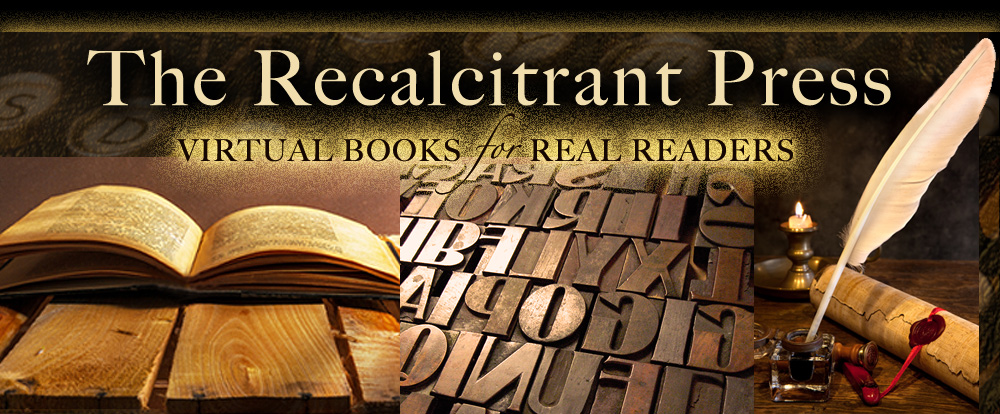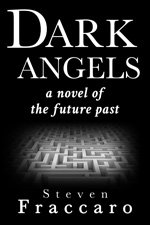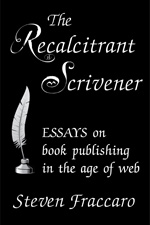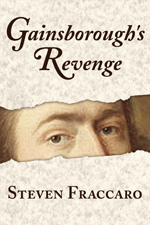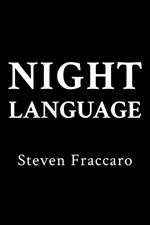Modernism, artistic and literary, is more than a hundred
years old. If so, then what place do we occupy? Postmodernism raised its head in
the 1970s, though some might claim it was earlier than that. If both of these movements
belong to the past, where are we now?
I’ve been rereading Edmund Wilson’s book of essays, Axel’s Castle. It was originally
published in 1931. Wilson starts by examining French Symbolist poetry, Paul
Valery, Yeats, and T.S. Eliot. He then turns to Modernist fiction—Proust,
Joyce, Gertrude Stein. To some extent, he’s providing an introduction to this
work for the general reader, the American reader of his era. Beyond that, it’s
a pleasure to come across a critic who writes clearly, incisively, and not
necessarily obviously, and without descending into the morass of theory or
pseudotheory. Which is to say, someone highly intelligent and sane.
Really, to what extent does Postmodern “theory” shed light on
specific literary works? The name Umberto Eco comes to mind as someone who functions
in the world of theory and in that of actuality. But not many others. Far too
much of what has passed for literary theory is really an appropriation of texts
for the critic’s self-referential and often tedious ends. At a certain point, it all seems very dated.
And so, what is the meaning of Modernism? I’m still drawn
back to Chesterton’s no doubt revanchist view that works of art don’t
necessarily carry with them a packaged meaning. After all, what does “The Rite
of Spring” mean? Doesn’t the
experience of art, emotional and intellectual, trump any academic explanation
of meaning? Wasn’t Modernism in part an attempt to circumvent established
meanings and established usage? Doesn’t the art, music, and literature of 1914
carry more power than nearly anything being created today?
